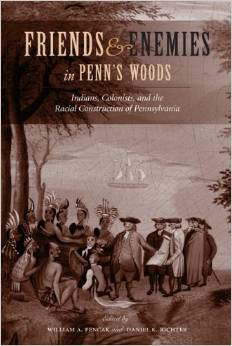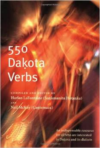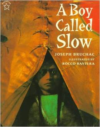Description
Two powerfully contradictory images dominate historical memory when we think of Native Americans and colonists in early Pennsylvania. To one side is William Penn’s legendary treaty with the Lenape at Shackamaxon in 1682, enshrined in Edward Hicks’s allegories of the “Peaceable Kingdom.” To the other is the Paxton Boys’ cold-blooded slaughter of twenty Conestoga men, women, and children in 1763. How relations between Pennsylvanians and their Native neighbors deteriorated, in only 80 years, from the idealism of Shackamaxon to the bloodthirstiness of Conestoga is the central theme of Friends and Enemies in Penn’s Woods.
William Pencak and Daniel Richter have assembled some of the most talented young historians working in the field today. Their approaches and subject matter vary greatly, but all concentrate less on the mundane details of how Euro- and Indian Pennsylvanians negotiated and fought than on how people constructed and reconstructed their cultures in dialogue with others. Taken together, the essays trace the collapse of whatever potential may have existed for a Pennsylvania shared by Indians and Europeans. What remained was a racialized definition that left no room for Native people, except in reassuring memories of the justice of the Founder.
Pennsylvania came to be a landscape utterly dominated by Euro-Americans, who managed to turn the region’s history not only into a story solely about themselves but a morality tale about their best (William Penn) and worst (Paxton Boys) sides. The construction of Pennsylvania on Native ground was also the construction of a racial order for the new nation. Friends and Enemies in Penn’s Woods will find a broad audience among scholars of early American history, Native American history, and race relations.






Reviews
There are no reviews yet.